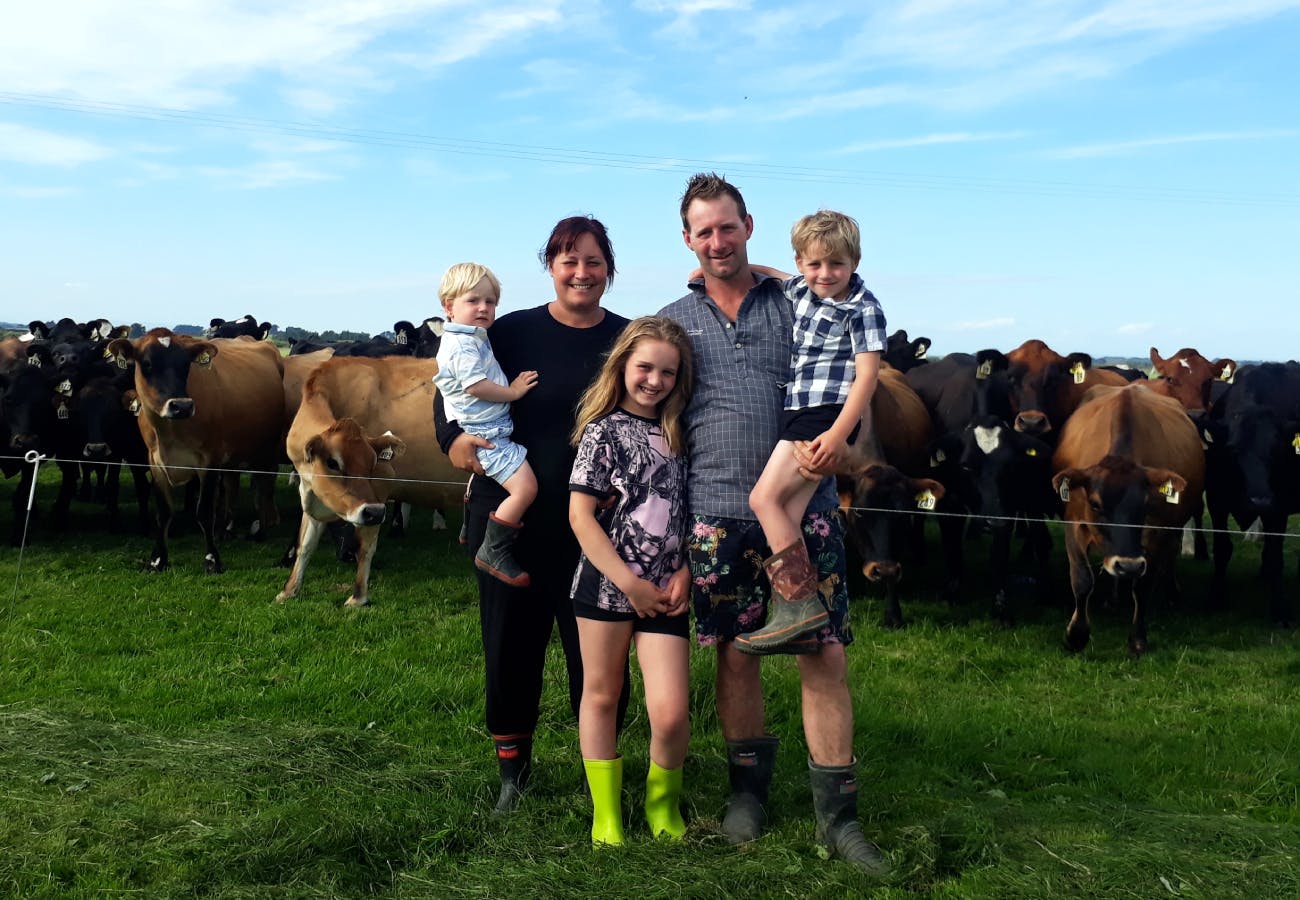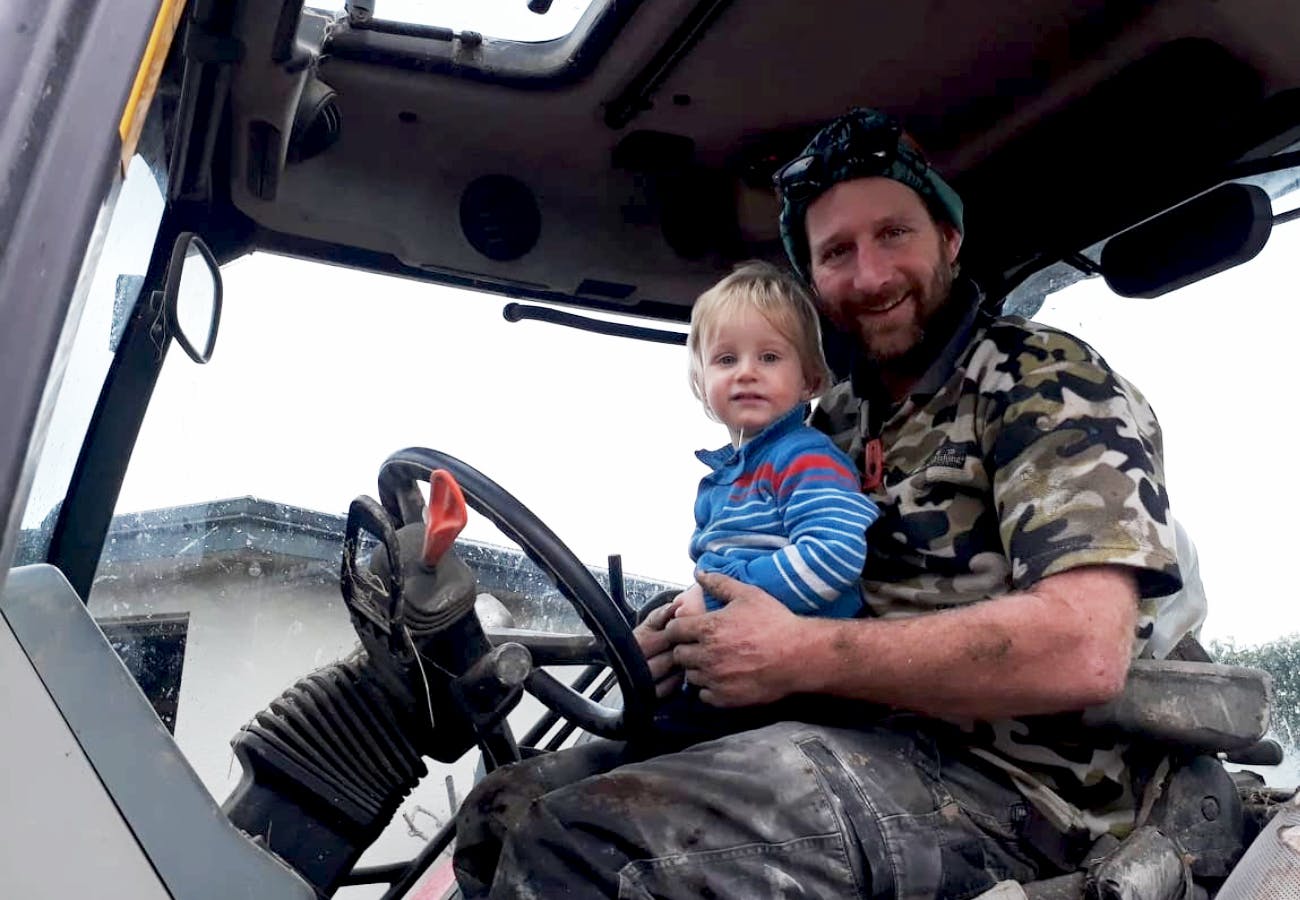Customers
Trev Helps to Drive Family Farm Forward
For fifth generation Southland farmer and Trev Director, John White, the landscape of farming has seen a shift from land development to utilisation in the past 15-20 years. While previous generations have been able to push for productivity, to expand hectares farmed with higher levels of pasture production and growth, John’s family now face a greater drive for efficiency and profitability from the farming operation.
Each generation farms differently because they’ve faced different challenges and methods of overcoming them, explains John. “We’ve moved from a land improvement strategy to a focus on efficient farm systems. Previous generations faced economic challenges whereas this generation faces increased compliance and monitoring requirements.”

But bulk compliance calls for proof of actions across a series of farming agencies. Farmers now need to provide proof of actions and record keeping has moved to the forefront. Making sure you’re keeping accurate records saves time and helps to maintain compliance requirements; to help with this the Whites have chosen to use Trev on the farm to automate part of the process. Other technologies and major innovations in the industry have been adopted as they are developed, from the advent of rotational grazing and vacuum clusters in the milking shed, to herd testing, artificial insemination and soluble fertilisers. And as agritech has progressed, the Whites have maximised each innovation to hold efficiency, profitability and farm growth.
As an intergenerational farming family, how do the Whites manage this?
“There’s a belief within the family that whoever is driving the farm is running it, so the ultimate decisions fall on the current generation,” reveals John. “We’ve found that the generation above wants to know about the tech or software and how it works, but they’re not driving the solution. They’re progressive in adopting the tech that newer generations put forward.”
Prime examples can be found in communication tools, he says. As a kid, his father would spend nights on the phone - but as the directing farmer and decision maker on the farm, John can now tap a few buttons on his computer or phone and send updates to his whole family, farm team, consultants and shareholders whenever he needs to. The older generations are in turn adopting the tech he’s chosen to implement on the farm.

“The way the dairy industry embraces technology is step-by-step, it transitions to the new technology over a period of time. Early adopters discover a technique that, if successful, comes into popular use,” he points out. “The previous generation has had to adopt cell phones, manage emails and navigate the online world; change has been rapid. And they’re still hungry for new technology such as Trev, whether it comes in the form of analysing data online themselves or receiving PDF files from farm managers. That’s something Trev does exceptionally well, it generates reports to third parties such as family members so they can just click and view.”
The benefit of implementing technologies that improve on-farm performance means that the family can work hard but are able to step away when they need to in order to prioritise new compliance regulations, their people, and the future of the farm business.
“Where we are now, we have potentially driven ourselves past optimisation, although that’s changing all the time. I see the drive now going forward to be profitability plus the environment. How that looks, I don’t know.”